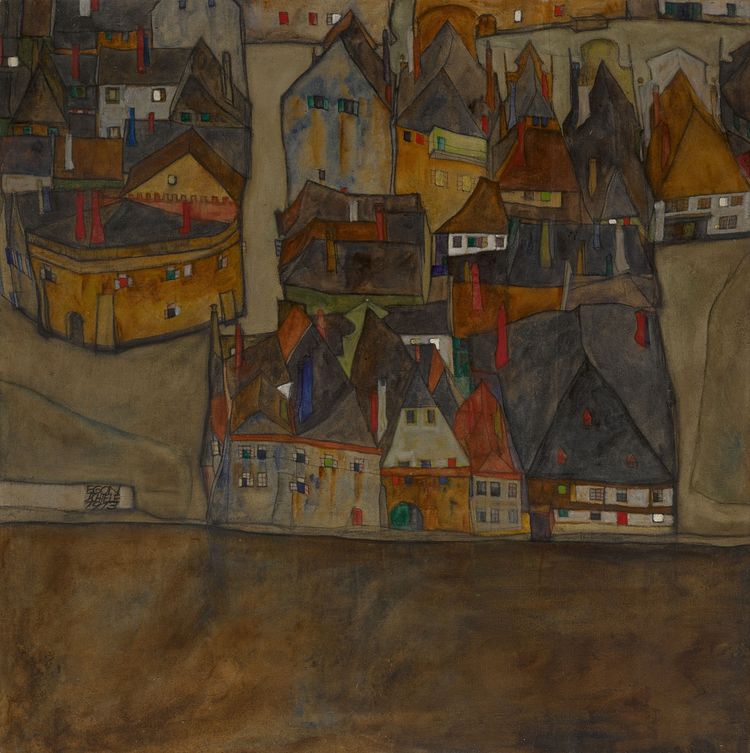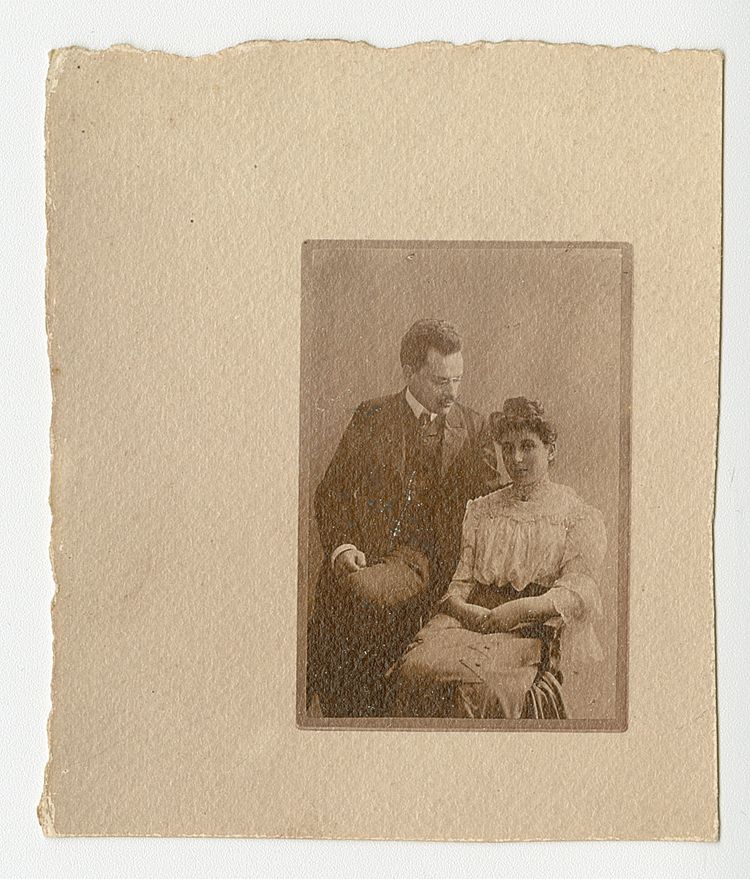On Nov. 12, a painting by Egon Schiele will be auctioned off by Sotheby's in New York in a sale that is expected to bring in at least $12 million, and perhaps as much as $18 million. The 1913 painting, known as Dämmernde Stadt ("City in Twilight") or Die Kleine Stadt II ("The Small City II"), was part of a private collection in the Austrian state of Styria until just a few weeks ago. According to information obtained exclusively by DER STANDARD, the sale is the result of a private restitution.
It is a minor sensation. The Austrian law on the return of works of art, after all, is not applicable to those artworks in private hands, which is why agreements between families are a rare exception. Since 1998, only two such cases have been made public. The third such case, which is now coming to light, is also unique in that it is not the product of protracted legal negotiations. Rather, the auction house mediated between the two families. "In addition to understanding, there must also be a willingness to put a positive spin on a problem," says Andrea Jungmann, managing director for Sotheby's in Austria. And that takes time, several years in some instances. The return, sale at auction and subsequent distribution of the proceeds among the families is the conclusion of a long process.
She only barely avoided deportation
Of particular noteworthiness in this case is the fact that the descendants of the painting's former Jewish owner live in the U.S. Furthermore, World War II was not something that was frequently discussed in the family. They were unaware that their ancestor survived the Nazi period in hiding in Vienna and that she only barely avoided deportation and the almost certain death that would have resulted. All the while, documents in the form of countless letters and photographs were waiting to be discovered. They were kept in 10 boxes left behind by her son, who died in 1974. His children and grandchildren did not speak German. It was Andrea Jungmann and her colleague Lucian Simmons (the director of Sotheby's Restitution Department) who gradually revealed to the descendants this chapter of their family history.
That history began in the Hietzing district of Vienna, where Siegfried Koditschek, an employee of the Creditanstalt bank, commissioned the architect Theodor Schreier to build a small villa. In 1911, the Koditscheks, along with their mother-in-law, moved into their new home. Their son Paul was born the same year. Two years later, a daughter named Hedy followed. In August 1925, father Siegfried died at the age of 48.
There is little record of the following years. One thing is certain: Elsa took an interest in art. In the fall of 1928, she visited a memorial exhibition commemorating the 10th anniversary of the death of Schiele, which had been organized by the group of Austrian artists known as the Hagenbund. The Dämmernde Stadt appealed to her and she bought the painting, which still hung over the piano in the dining room in June 1939.
An SS squad leader moved into the home
Paul, now a lawyer, had already fled to the U.S. while daughter Hedy had gone to Switzerland. Elsa stayed in Vienna, partly because she didn't dare subject her 84-year-old mother to such an arduous escape. Renting out single rooms hardly covered the cost of food.
Twelve months later, the situation intensified dramatically. By official order, she was required to vacate her basement apartment. The only space left to her was a small closet in the room of one of her tenants, Sylvia Kosminski. It was a tiny room, which is why her mother had to be brought to the retirement home belonging to the Israeli Community Center, where she died 10 days later under unexplained circumstances.
Meanwhile, an SS squad leader moved into Elsa's former home. His name was Herbert Gerbing and in addition to being an active member of the Nazi Party (NSDAP) since the early 1930s, he worked in Adolf Eichmann's Central Agency for Jewish Emigration. Whenever Gerbing had questions for his "landlady," he summoned her to the Central Agency. In October 1941, she received an order to "relocate" to Litzmannstadt (Lodz). Elsa asked Gerbing for a deferral, but he refused, describing her future life in the ghetto in the rosiest of tones. She had her doubts and acquaintances advised her to go underground.
She was able to flee at the last minute
She sought shelter with a friend. Whenever her friend had guests, Elsa hid herself for hours between a box and a chest of clothes. She would not leave the apartment for the next year and a half, except for a just a few exceptions, and then only in the early morning hours. Until she was betrayed. During an apartment search on June 25, 1943, she was able to flee at the last minute through the open front door. Her friend was arrested and transferred to the Ravensbrück concentration camp. She would survive. Elsa would too, albeit under difficult circumstances.
The police conducted an intense search but could not find her. It didn't occur to anyone that she could be hiding in her own house again – again protected by "Aunt Sylvia" – despite the presence of the Gerbing family. Sylvia had, however, sold the Schiele painting and other valuables without asking. To whom, no one knows. Elsa Koditschek survived, even living through the bombing of Vienna. After the war, she moved in with her daughter in Switzerland, where she died in 1961.
In September 1950, the painting was auctioned off at the Dorotheum and was bought by a well-known Schiele collector, Viktor Fogarassy, the husband of a granddaughter of the co-founder of the Kastner & Öhler department store. After his death, the painting remained in the family. Members of the younger generation are now parting ways with the painting -- not because they have to, but because they want to.
The family does not want to comment on their decision. Freed from the shadow of its past, a new owner is now to enjoy the sight of the Dämmernde Stadt. (Olga Kronsteiner, 5.10.2018)


